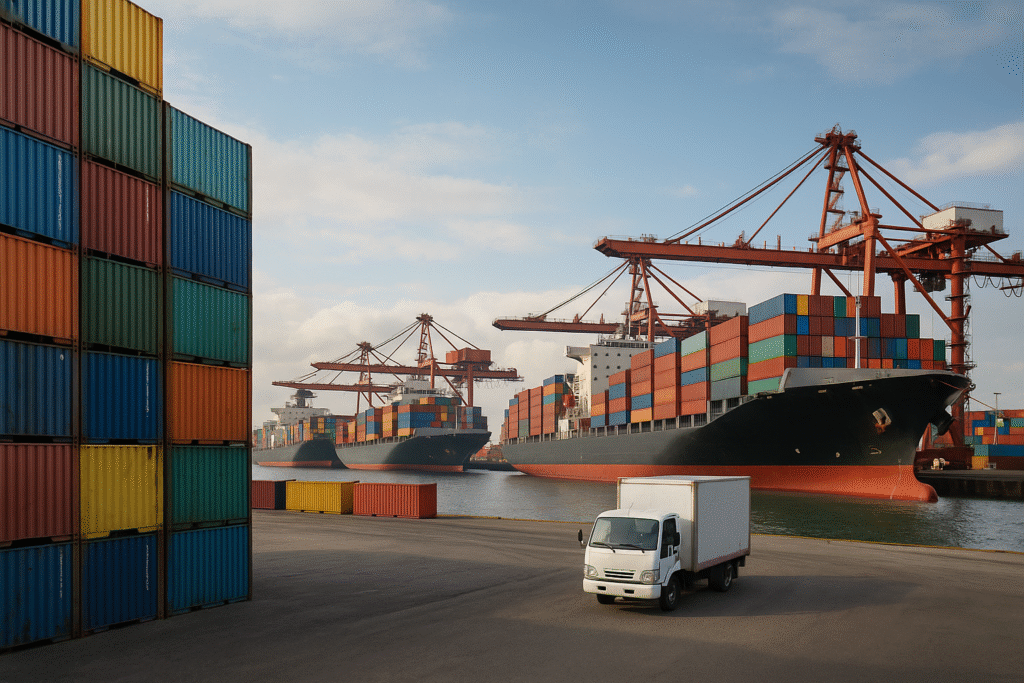Logistics challenges in international trade
Logistics challenges continue to shape the reality of small importers that operate in competitive global markets. These companies lack the negotiating power of large corporations and are often forced to accept higher shipping costs and longer lead times. As a result, their operations are more vulnerable to shocks, making efficiency and planning essential for survival.
Rising freight costs and limited margins
Freight remains one of the most pressing logistics challenges. Small importers are highly exposed to fluctuations in container prices, fuel costs and carrier surcharges. Because they cannot consolidate cargo at the same scale as larger firms, they end up paying higher rates per unit. This imbalance not only reduces profit margins but also complicates long-term financial planning.
Customs and compliance complexity
Another challenge comes from customs procedures. Documentation errors or changes in tariff codes can generate significant delays at borders. For small importers, the lack of specialized compliance teams increases the likelihood of mistakes. Moreover, evolving trade policies add extra uncertainty, forcing businesses to dedicate more time and resources to meet regulations correctly.
Supply chain disruptions and resilience gaps
Events such as strikes, port congestion and geopolitical tensions amplify risks for small importers. Larger organizations can mitigate disruptions with diversified sourcing, but smaller firms often depend on a limited set of suppliers. Consequently, delays have a greater impact, creating inventory shortages or forcing costly emergency shipments to meet demand.
Technology adoption and future opportunities
Technology adoption remains uneven. Many small importers still rely on manual processes that limit visibility across shipments. Investing in affordable digital tools, such as shipment trackers or inventory software, can reduce uncertainty and improve competitiveness. Although implementation requires upfront effort, gradual digitalization is one of the best ways for small importers to close the gap with bigger players and navigate logistics challenges more effectively.
Fuente: World Trade Organization

